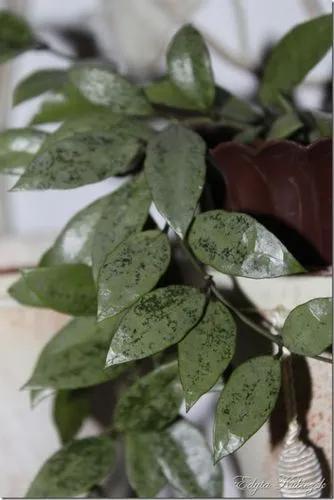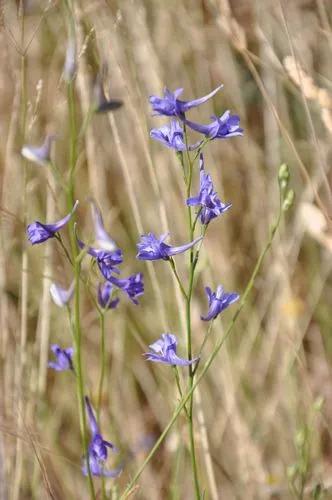Oxeye daisy (Chrysanthemum leucanthemum) is a pretty little perennial flower that might remind you of Shasta daisies, with a central yellow eye surrounded by 20 to 30 white petals. However, don’t let this similarity fool you. This plant can quickly invade areas of the landscape, making it necessary for some oxeye daisy control measures.
Oxeye Daisy Care
Leucanthemum vulgare



Daisies are low-growing, reaching just 4 to 6 inches tall, making them a good choice a ground cover or to grow around walkways. A herbaceous perennial, daisies come back year after year from the roots. In frost-free climates daisy plants stay green year-round, but even in cold areas where frosts kill off the foliage, daisies will come back in the spring as long as it is within the hardiness zones. The white and yellow flowers bloom all summer.Stems: Grow up to 1 m tall and are smooth, frequently grooved and sometimes branch near the top (although more frequently unbranched). Leaves: Progressively decrease in size upward on the stem. Basal and lower leaves are lance-shaped with “toothed” margins and petioles that may be as long as the leaves. The upper leaves are alternately arranged, narrow and often clasp the stem with wavy margins. Flowers: Are borne singly at the end of stems and can be up to 5 cm in diameter, with yellow centers, and 20 to 30 white petals radiating from the center. The petals are slightly notched at the tip
This plant is useful.
How to get rid of: An important part of oxeye daisy control is pulling up or cutting down the plant before it flowers and produces seeds. The plants have shallow root systems and are easy to pull. Mow lawns that are infested with oxeye daisy perennials regularly so they never have a chance to flower. Mowing causes the leaves to spread outward and flatten, so that if you later apply an herbicide, the leaves have a broader surface area over which to absorb the chemical.
How to Care for the Plant

Popularity

3,428 people already have this plant 596 people have added this plant to their wishlists
Discover more plants with the list below
Popular articles






